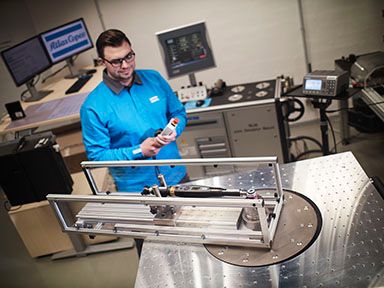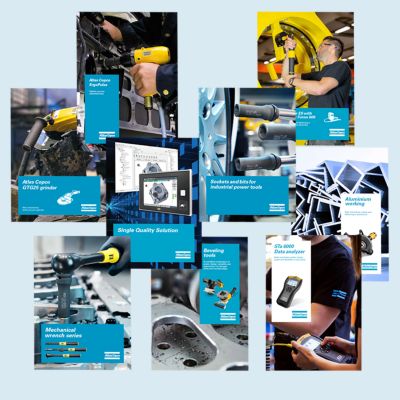Challenges in closure applications:
The production of the closure parts (doors, engine hood, trunk lid, fenders) is a separate process step within the body-in-white production line. One of the most demanding joining operations at this point is the hem flange process.
Structural bonding
The optimization of the car body for stiffness and crash resistance is called structural bonding. In body shop, high viscosity adhesives are used to achieve those safe and reliable joints. Read more to find out which SCA applications are offered for structural bonding in body-in-white.
Bead application
A standard bead is a preferred solution to gain outstanding strength and stiffness with epoxy-based adhesives in nearly every process step of body-in-white. The adhesive between inner and outer sheets not only fulfills a structural function, it also prevents corrosion, which is especially important in the production of all closure parts.
Hem flange bonding
The hem flange is a mechanical joint design used for joining inner and outer panels, such as doors, hoods, trunks or liftgates. Hemmed seams are also important for sunroof assembly. To increase crash resistance and to prevent corrosion, the gap between the hemmed panels has to be precisely filled with high-strength adhesive.
Swirl application
Bead application
A traditional bead is still the most established application type in hem flange bonding. Its fast and reliable handling is its primary advantage. Sometimes the handling of a bead application can become quite difficult in complex part geometries. Our experts are more then willing to help you to find the right application type, tailored to your needs.
Learn more about hem flange bonding:
- Pocket guide on hem flange bonding 5.2 MB, PDF
- Product brochure: E-Swirl 2 AdX BIW 2 MB, PDF
Anti-flutter applications
Doors, hoods and trunks are often comprised of several parts which have to be connected elastically to reduce vulnerability to vibrations and noise during the operation of a car. These anti-flutter applications tend to be regular beads or dispensed dots.
Multidot application
Multidot applications act as dampener and as a protective spacer between the inner and outer parts. Our dosing systems are able to apply up to 36 dots per dosing equipment. The average system layout consists of 8 to 10 dosing tools. If you want to know more about our anti-flutter solutions with multidot applications, don't hesitate to get in touch with us.


